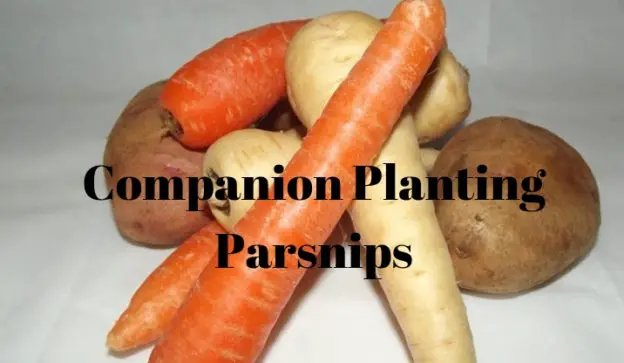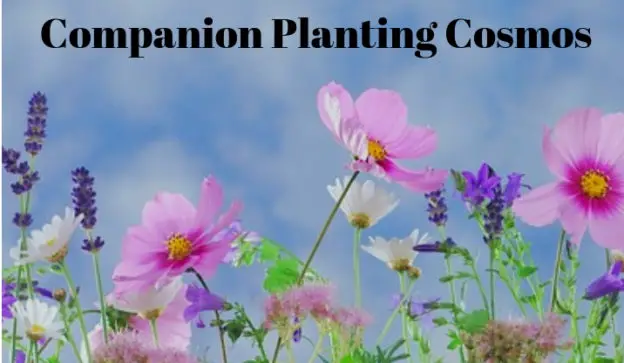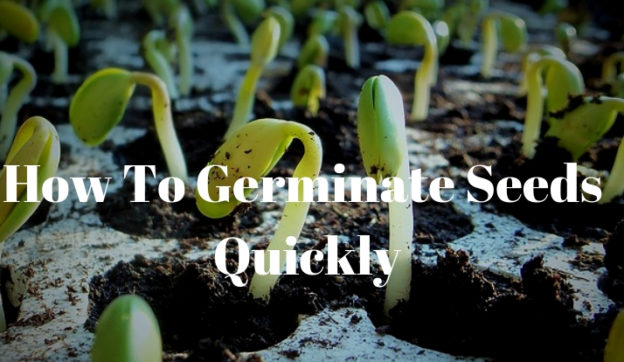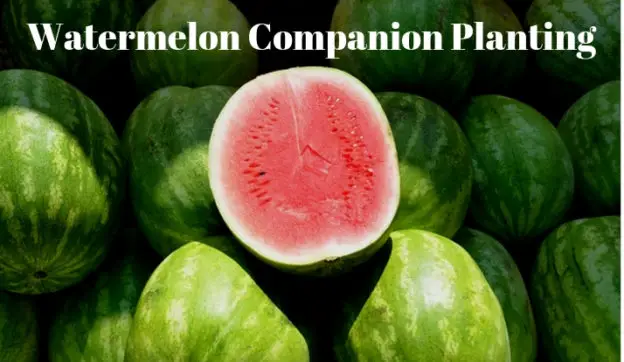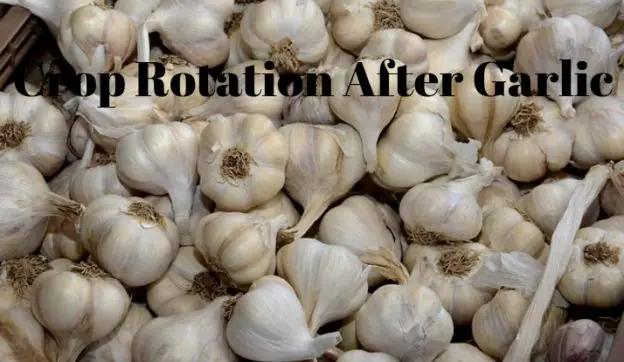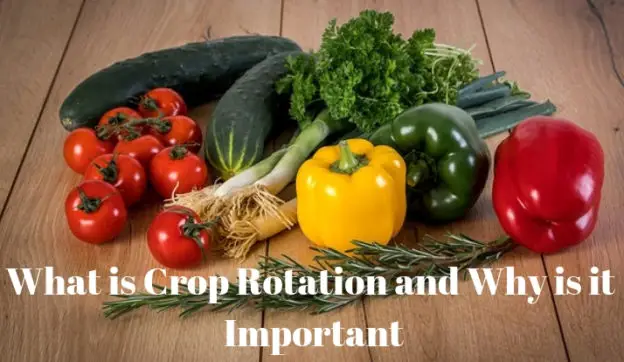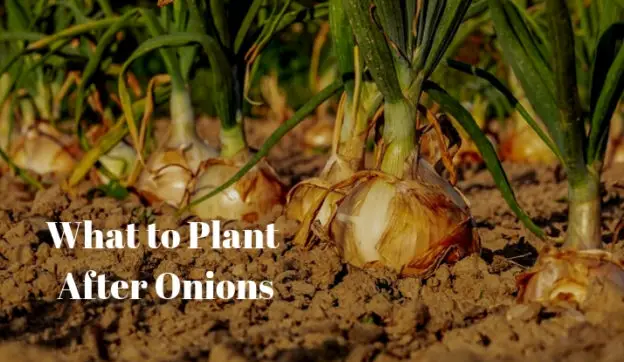Growing Parsnips in containers

Parsnips are considered to be difficult to grow by some gardeners, I have never had any difficulty with them. I always allow the soil to warm up before sowing my parsnip seed and this is usually long after the guide date on the seed packet. Growing parsnips in containers allows you to artificially raise the soil temperature and get an earlier start than is otherwise possible. Growing Parsnips in containers It’a all about the size when growing parsnips in containers. The container needs to be at least 24 inches (60 cms) deep to allow the parsnip roots to grow. I… → Read More

